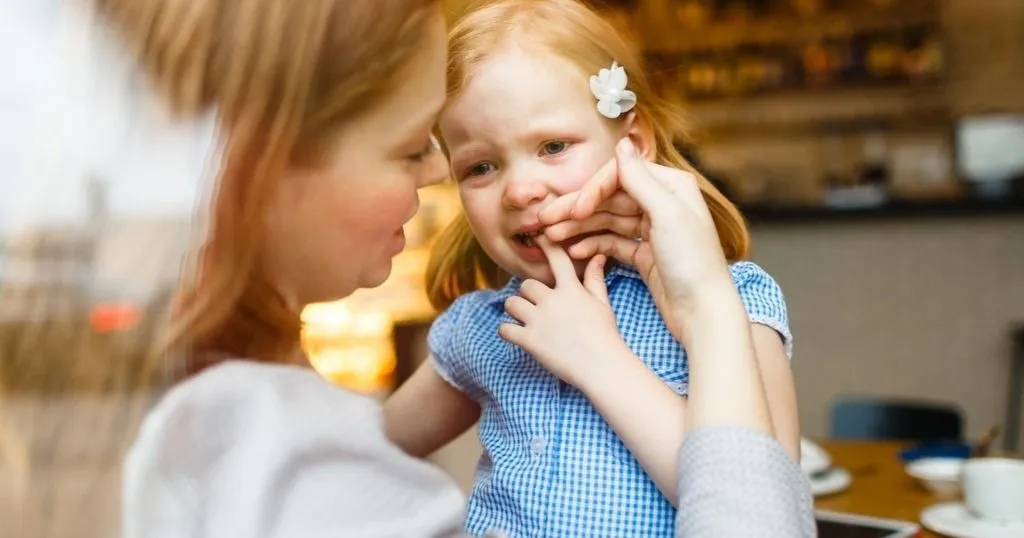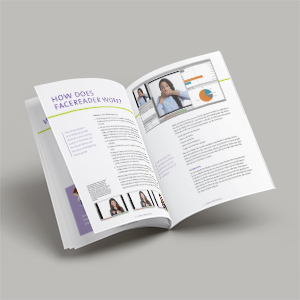Can facial expressions and emotional reactions predict likeliness to buy?

Think about some of your favorite holiday foods – what are they? Maybe gingerbread, candy canes, or pies?
Posted by
Published on
Mon 24 Dec. 2018
Topics
| Consumer Behavior | Emotion Recognition | Emotions | FaceReader |
Good food = Good mood?
Think about some of your favorite holiday foods – what are they? Maybe gingerbread, candy canes, or pies? On the other hand, perhaps something more savory, like turkey or mashed potatoes? The list goes on. Many of us tend to associate these dishes with pleasant emotions and the comfort of being home with family, which is what many companies rely on when creating their marketing campaigns or targeting specific consumer demographics. However, what if you could objectively determine the emotional reactions of consumers in relation to food products rather than make a guess?
Facial expressions and likeliness to buy
That is exactly what Eliza Kostyra and colleagues did in a study that took place at the Sensory Analysis Lab of the Laboratory of Food Assessment and Diagnosis in the Faculty of Human Nutrition and Consumer Sciences, Warsaw University of Life Sciences, Poland. In this blog post, I will be referencing findings from Kostyra’s paper, “Consumer facial expression in relation to smoked ham with the use of face reading technology. The medical aspects and informative value of research results.”
Using FaceReader to gauge consumer emotion
As the title of the paper suggests, this study used face-reading technology in order to determine the effect of smoked ham samples on consumer emotion, which may lead to deeper insight on whether or not a consumer chooses to buy the sampled product. After all, sensory reactions to food like smell and taste are very important and can either make or break a consumer experience! Kostyra and colleagues used Noldus FaceReader software in order to make these non-verbal measurements, which differs from many past studies that used methods like a traditional conscious verbal approach.
The study used six types of emotions: happiness, sadness, anger, surprise, scared, and disgust. Any lack of emotion was recognized as neutrality or indifference, and the emotions of each participant were video recorded within 30 seconds after consumption of a piece of ham that was taken from five possible different ham samples. Each of the 30 consumers involved in the study faced the camera directly, and Noldus Media Recorder software was used to synchronize video and audio recordings.
A surprising conclusion
What the study found may surprise you! The researchers expected that a product would significantly explain an expressed emotion. However, they saw that only happiness clearly depended on a product, followed by anger. Further tests concluded that the emotional variability of each participant was a large factor, since each person has their own individual preferences and personal experiences that shape their interest and emotional reaction to a product. In addition, the emotions that the researchers found dominant were neutral and sad, which may have resulted from an expression of disappointment or expecting a sensation other than what occurred.
Overall, the researchers advised that any conclusions should be made with caution and that further studies should be performed. In this specific study, the emotional expressiveness of consumers turned out to be rather small, which may have affected the results. In terms of conducting further studies, there is also the option to perform tests using multiple data streams (such as GSR and ECG), which have been used in past studies to allow for further exploration. In addition, researchers could also look at Action Units in depth in order to get even further detail behind an emotion.
With that in mind, we encourage you to conduct your own informal studies with family and friends at your own dinner table over the holidays – eat up, enjoy, and prepare yourself for people who ask for a second serving!
Interested in human behavior research? Read more on 'How to study human behavior'!
Related Posts

Emotional responses to infant crying

The man in the maze: A behavioral science journey into consumer studies

